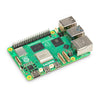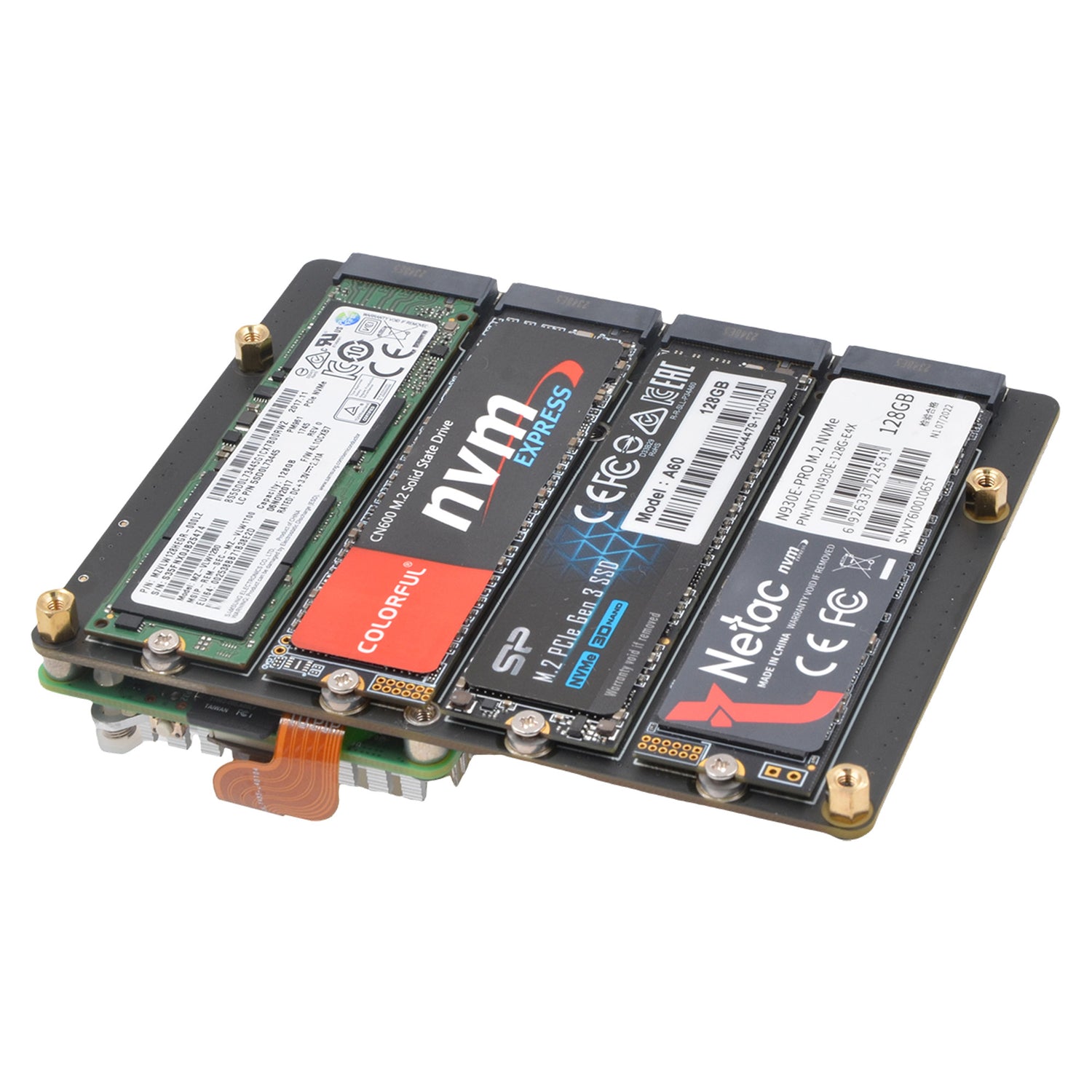Hello,
I am using the Geekworm X680, which I purchased in June 2024 (so I assume it is version 1.5), with Pi-KVM and attempting to capture video at 1920x1080@60Hz. While the device claims to support 1080p input, the actual captured resolution remains limited to 1280x720.
Here is what I have tried so far:
-
Confirmed that /dev/video0 is detected
- Running
ls /dev/video0confirms the device is available.
- Running
-
Modified /boot/config.txt as per the wiki
- Changed the overlay to:
dtoverlay=tc358743,4lane=1
- Changed the overlay to:
Rebooted the system after the change.
-
Edited EDID settings
- Replaced
/etc/kvmd/tc358743-edid.hexwith the provided 1080p EDID data from the Geekworm wiki.
- Replaced
-
Checked current detected video settings
- Running
v4l2-ctl --allshows that the detected DV timings remain 1280x720@60Hz.
- Running
-
Tried to manually set 1080p capture
- Executing: results in:
- Even after stopping
kvmd(systemctl stop kvmd), forcing the format still does not apply;v4l2-ctl --get-fmt-videoalways returns 1280x720.
-
Checked kernel logs and system output
journalctl -u kvmd -n 50 --no-pagerconsistently shows that Pi-KVM detects the capture resolution as 1280x720p60, despite 1920x1080 input being supported.
-
Confirmed that my HDMI source is outputting 1920x1080@60Hz
- I have tested multiple sources, all set to output 1920x1080, but the captured resolution does not change.
Question:
- How do i know if i have v1.3 or 1.5 ?
- Is the X680 hardware-limited to 1280x720 capture, despite supporting 1080p input?
- If not, how can I properly configure it to capture at 1920x1080?
- Are there firmware updates or additional settings required to unlock full 1080p capture?












